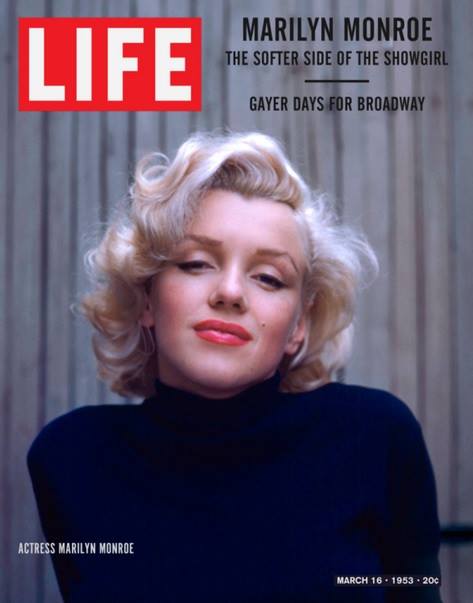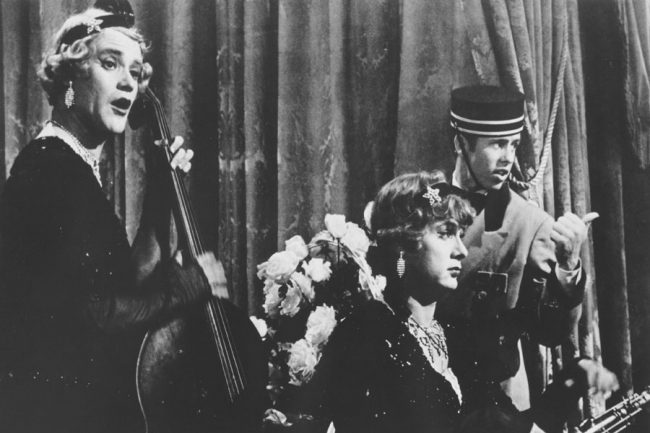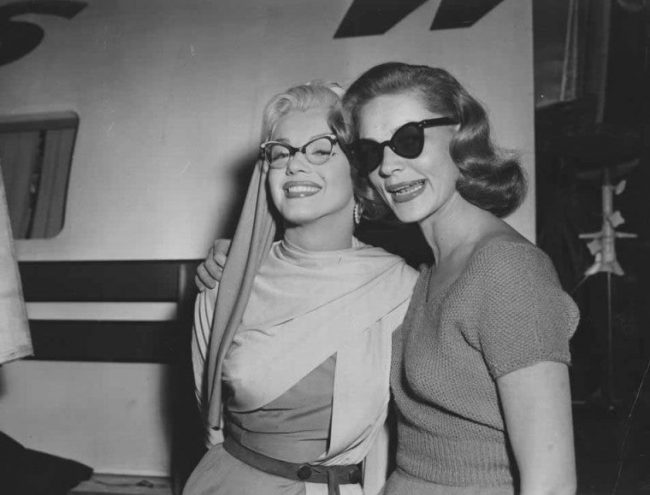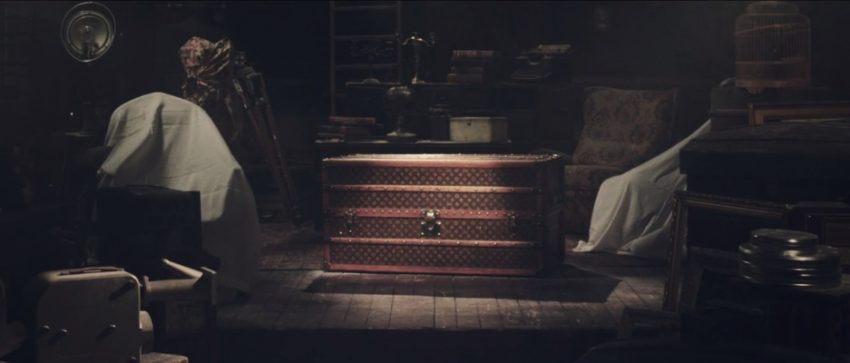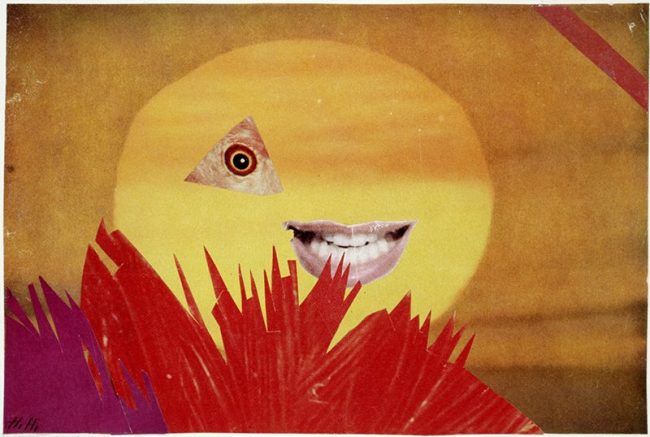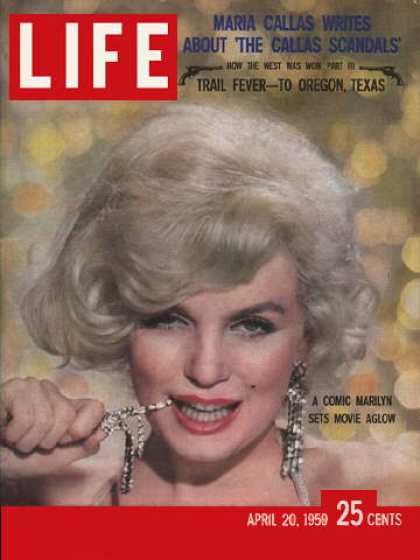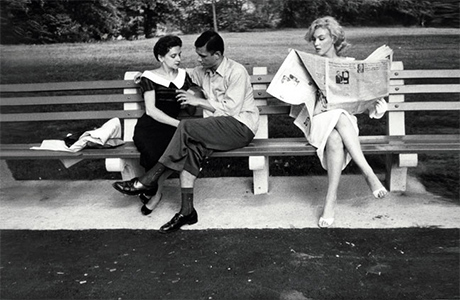
Over at the Telegraph, Tim Wong pays tribute to Sam Shaw. Born 102 years ago today – on January 15th, 1912 – Shaw’s photographs of Marilyn have been making headlines again, with the recent publication of a ‘lost scrapbook’ by Newsweek.
“His first assignment as an on-set photographer was in 1950 – It was Elia Kazan’s Panic in the Streets. He went on to photograph Brando in Viva Zapata! (also a Kazan). Because Sam Shaw didn’t drive, Kazan found a young out-of-work actress to drive him around the studio. And that actress was Marilyn Monroe.
Between 1954 and 1957, after Marilyn became a superstar, Shaw took a series of pictures that shows her both in on-set and in off duty moments as herself. Pictures of her squeezing tomato sauce on a hotdog in a diner or putting makeup on are poignant documentation of a young woman who had an uneasy relationship with her celebrity.
The picture below of Monroe, entitled The Proposal, has a charming story behind it. Shaw and Monroe were strolling through Central Park. Marilyn was at the time learning improvisation techniques through the Actor’s Studio. So he challenged her to demonstrate improvisation there and then. Marilyn, not missing a beat, grabbed a newspaper and parked herself on a nearby bench, where a couple are having an intimate and absorbed conversation. Overheard by Marilyn, the man was in fact proposing to the girl, oblivious to the megastar sitting right next to him. Marilyn played up to it by appearing completely relaxed and nonchalant. A wonderful picture filled with humour and playfulness.”
